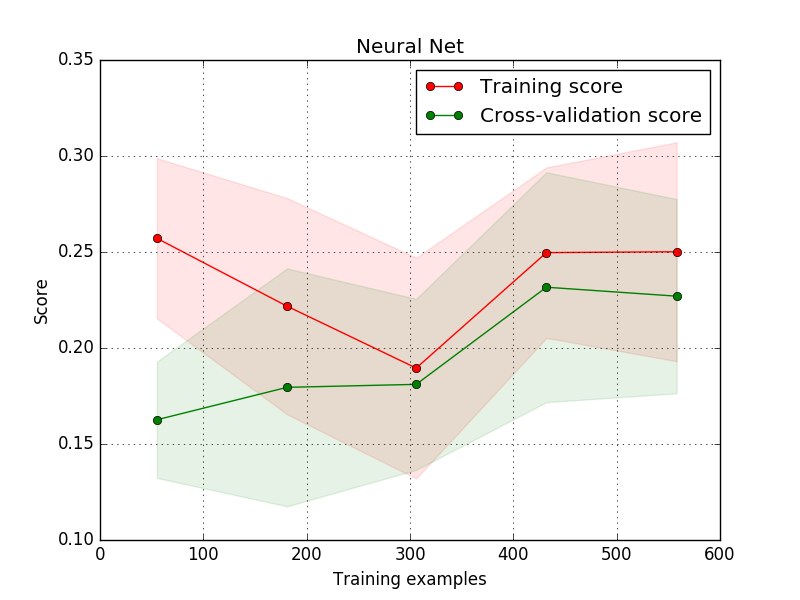Title: Predicting someone's identity using eye tracking biometrics
Project Members: Lauren Hutson, Michael Tobia
Contact details: l.hutson@live.com, michaeltobia2019@u.northwestern.edu
Course: EECS 349
Institution: Northwestern University
Problem definition
Our task is to be able to predict who a person is based off of the movements of their left and right eyes when tracking an object. This task is important for the field of biometrics, which correlates to the fields of security and identification. It also has uses in the medical field for identification of diseases or symptoms of strokes. To accomplish our goal we employed a variety of different learners which included a multi classification neural network, decision trees,SVM's, and random forests.
Key Results
Across the different learners we used ten fold cross validation to train/ test our dataset. All reported are the reported accuracies from the validation set. Across all of our tested classifiers the maximum accuracy we got was 68.72% by using a SVM with a second degree polynomial kernel and the second highest accuracy was 65.537% using a random forest. As for the other learners, Using the neural network we were able to get a maximum accuracy of 24% on the validation set, originally our neural network was classifying at 15% accuracy. But, we were able to increase the classification accuracy by increasing the depth of the network along with adding dropout into the network. Below is the Keras printout of the classifier accuracy. Below is a graph of the training and validation accuracies of the network.

Lastly the decision tree obtained an acuracy of 36.5% Below you'll find an image of the tree generated by weka. In it there are over 100 atributes that have been split on.

The full report on this project can be seen by clicking on the button below.